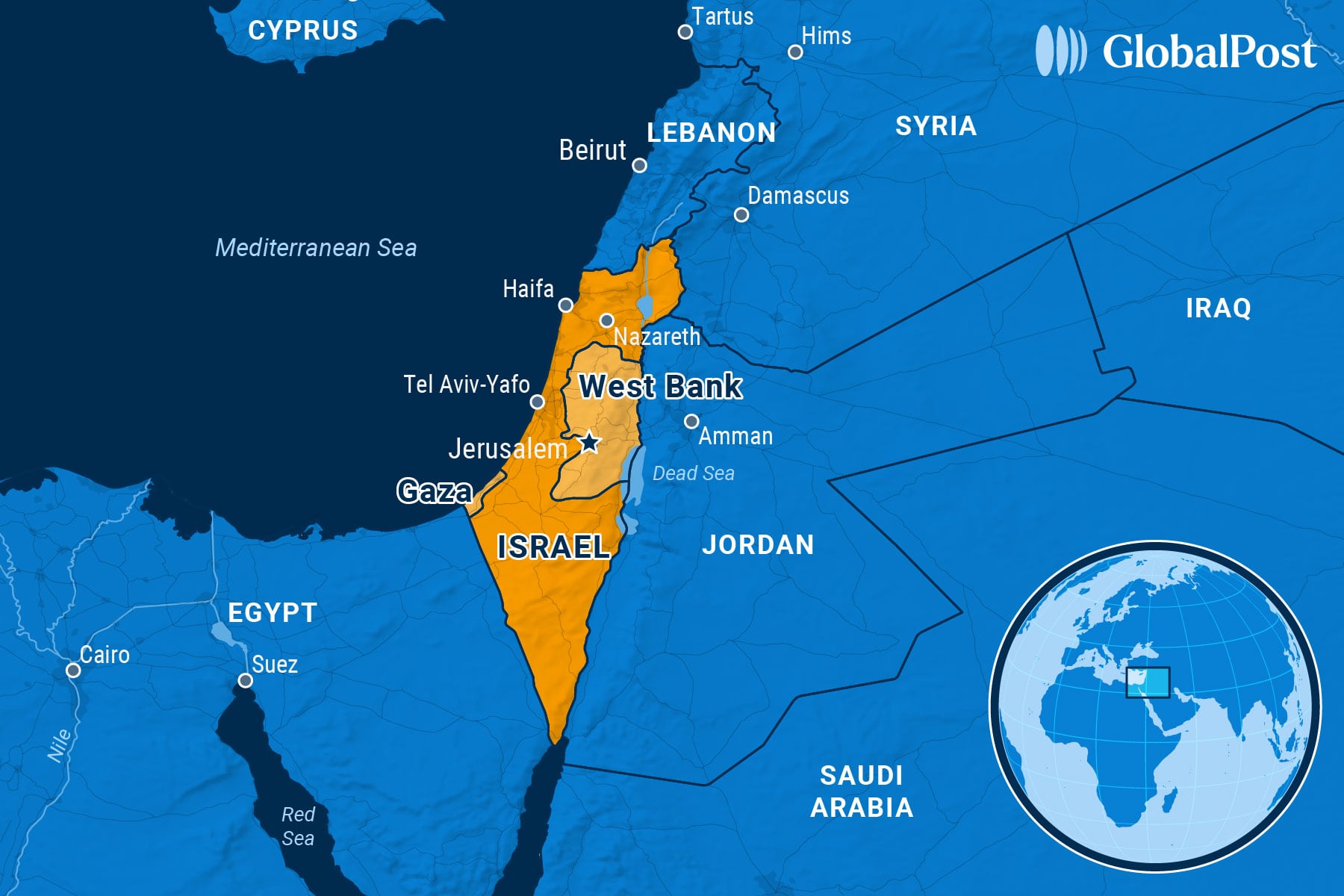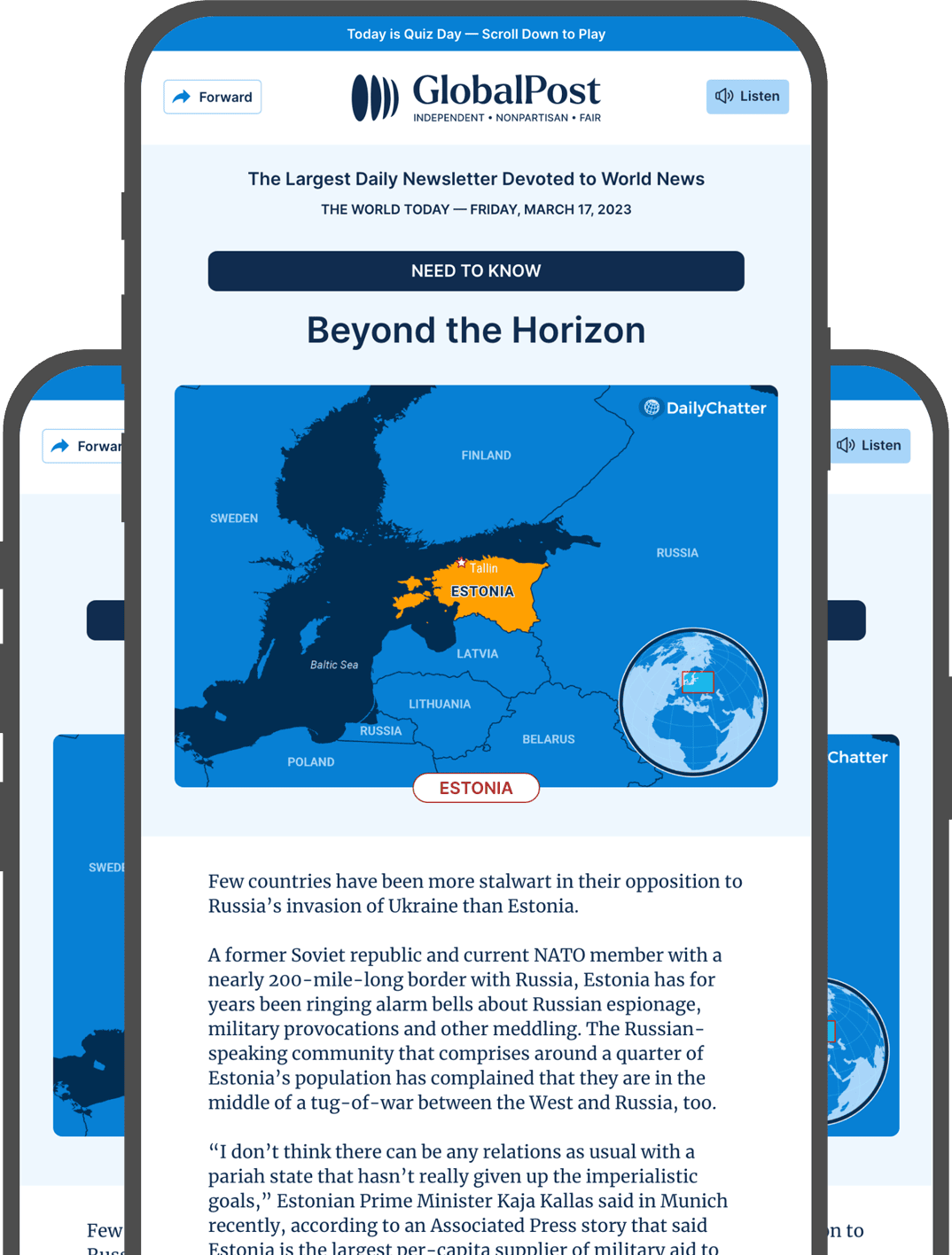The Tolling Bells: Fighting Restarts in Gaza After Peace Collapses

Israel launched a series of airstrikes on Hamas across the Gaza Strip early Tuesday, killing at least 400 people, and marking a return to warfare after ceasefire negotiations broke down, the Wall Street Journal reported.
On Tuesday, Israeli Prime Minister Benjamin Netanyahu ordered the strikes after Hamas refused to release the remaining hostages or accept US proposals to extend a two-month truce that ended 15 months of fighting in the Palestinian enclave.
Gaza’s health ministry confirmed more than 400 deaths, making it one of the deadliest single days since the war began in October 2023.
Israel and Hamas have been engaged in a conflict following the Oct. 7, 2023 attacks by the Iran-backed group and its allies that killed around 1,200 people and saw more than 250 others taken hostage.
In response, Israel launched strikes and ground operations in Gaza that resulted in more than 48,000 Palestinians killed, according to Gaza’s health authorities.
Israeli officials said Tuesday’s strikes targeted Hamas’ leadership, mid-level commanders, and key infrastructure. They added that the offensive would continue and intensify in the coming days.
Among those killed in the strikes were Hamas government officials, including Issam al-Da’alis, head of government affairs, and Bahjat Abu Sultan, a top leader in Hamas’ internal security.
Meanwhile, Israel issued evacuation orders for a number of areas in Gaza, including Beit Hanoun in the north and neighborhoods of Khan Younis in the south. It also closed the Rafah border crossing with Egypt, a key route for aid deliveries and medical evacuations.
Following the strikes, Hamas accused Israel of “endangering the lives of the remaining hostages,” adding that Netanyahu had “decided to overturn the ceasefire agreement.”
The ceasefire deal between Israel and Hamas collapsed after negotiations stalled over the conditions for extending the truce and securing the release of remaining hostages.
The initial phase of the agreement – reached in mid-January – saw the armed group free 33 Israeli hostages, both living and deceased, in exchange for Israel’s release of more than 1,700 Palestinian prisoners.
The second phase of the deal was intended to bring about a permanent end to the war. Israel had demanded more hostages be released before engaging in broader talks, while Hamas insisted that negotiations on a full ceasefire must begin first.
In March, Israel increased pressure by blocking food, fuel, and humanitarian aid to Gaza, while Hamas responded by refusing to release further hostages without a guarantee of an end to hostilities. Analysts believe the Israeli strikes are part of pressure tactics, also.
Of the 59 hostages who remain in Gaza, Israel believes 24 of them are still alive, including a US citizen.
Families of the hostages worry that a resumption of fighting could endanger the lives of their relatives, prompting protests against the strikes, NPR added. Over the weekend, thousands demonstrated against the government.
Recent polls by the Israel Democracy Institute show a majority of the public favors securing a deal for hostages over resuming military action.

Subscribe today and GlobalPost will be in your inbox the next weekday morning
Join us today and pay only $46 for an annual subscription, or less than $4 a month for our unique insights into crucial developments on the world stage. It’s by far the best investment you can make to expand your knowledge of the world.
And you get a free two-week trial with no obligation to continue.
